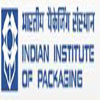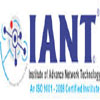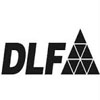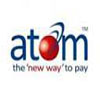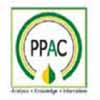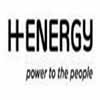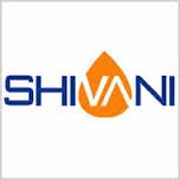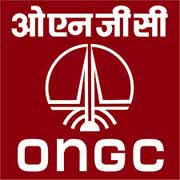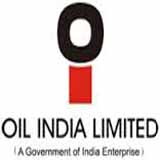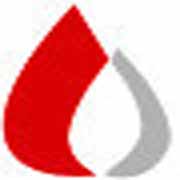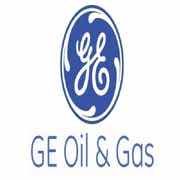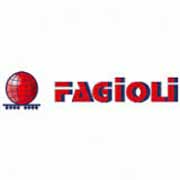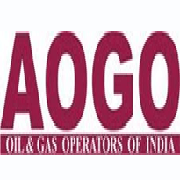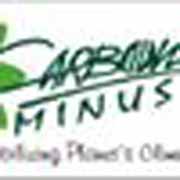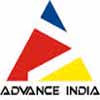-
With oil ministry’s clean energy focus, PMUY may cross 20-mn mark by FY17 end
Clean energy seems to be the buzzword for the Dharmendra Pradhan-led ministry of petroleum now. Its flagship social sector programme, the Pradhan Mantri Ujjwala Yojana (PMUY), has not only surpassed the current financial year’s target of 15 million connections, it is likely to touch the 20-million mark by the end of March.
In a sign of the success of the project, the spending on PMUY, under which LPG connections are given to poor households, in the current financial year has shot up by Rs 5 billion in the revised estimates, over the budgeted Rs 20 billion. The subsidy outgo on this account is expected to be Rs 25 billion in 2017-18. The scheme was launched on May 1, 2016, at Ballia in Uttar Pradesh with a target of providing connections to 50 million below-poverty-line families in three years, with a government support of Rs 1,600 per connection.
For three years, the government has allocated Rs 80 billion for the scheme, in which connections are issued in the name of the women in those families. On February 6 this year, the scheme crossed the 16-million mark by touching 1,66,86,876 connections. The target set for PMUY this financial year was 15 million. The scheme is headed by a team of ministry officials led by Joint Secretary Ashutosh Jindal and Deputy Secretary K M Mahesh. PMUY is one of the major initiatives by the ministry for fuel conservation and shifting towards clean energy.
Under the policy of shifting towards clean fuel, India will be introducing BS-IV fuels in the entire country by April this year and will be shifting to BS-VI quality norms by April 2020. Moreover, the ministry is giving special incentives to states which undertake cuts in kerosene allocation. According to sources, direct benefit transfer (DBT) has also helped in considerable reduction of kerosene consumption. Under DBT, states will be given a cash incentive of 75 per cent of subsidy savings during the first two years, 50 per cent in the third year and 25 per cent in the fourth year. States like Haryana and Karnataka are likely to be eligible for these incentives during the next financial year. During the financial year 2015-16, India consumed 86,85,384 kilo litres of kerosene distributed through the public distribution system.
As far as ethanol blending is concerned, oil marketing companies (OMCs) have procured 1.11 billion litres of ethanol till November 2016. OMCs are planning to sell ethanol blended petrol with percentage of ethanol up to 10 per cent. In order to meet this target, oil PSUs are set to establish 12 second-generation ethanol plants in 11 states. Meanwhile, the first biofuel refinery is being set up by Hindustan Petroleum Corporation Ltd at Bathinda, in Punjab. Similarly, bio diesel blended diesel is being sold by OMCs in six states through 3,621 retail outlets. State-run Indian Oil Corporation Ltd has also set up a 5 tonne per day waste-to-energy plant in Varanasi. Out of India’s total petroleum consumption of 184.7 million metric tonnes (MT), 74.6 MT is diesel, followed by petrol at 21.8 MT and LPG at 19.6 MT. DeShone Kizer Jersey
Share This






























